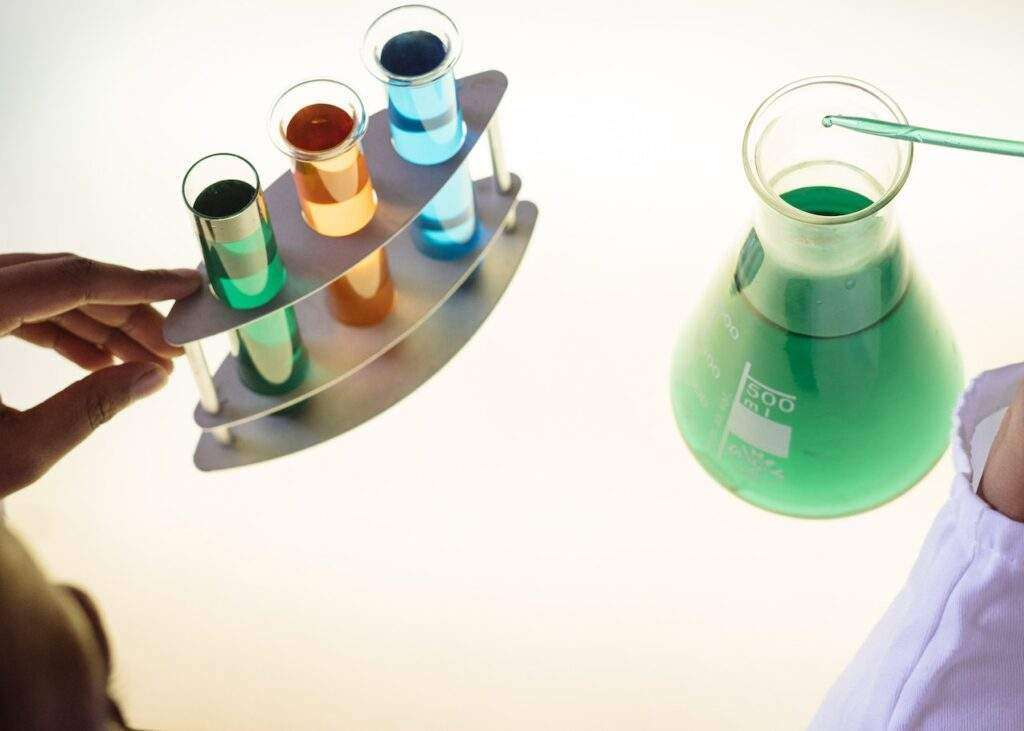
Well, the definition of a chemical manufacturer that is a workplace where chemicals prepared for use or delivery. It also supports to use import the chemicals to the united states and record all those delivered ones. These places can make a variety of products which affect virtually every aspect of our lives. Well, some of the products that can produce in chemical manufacturing places are soaps, detergents, perfumes, etc.
That can be purchased by consumers directly to sell for the customers or to import to any other state. There are different types of chemical industries they are chemical industrial, organic industrial, ceramic products, petrochemicals.
Essential chemicals produced by chemical manufacturing industries before converting products for the general consumers are mainly sold within the chemical industry and to other sectors. These Chemical products serve as the processors of raw materials in many industries. The chemicals used in our daily life are organic and inorganic compounds. Some of the pure chemicals are Sodium hydride, Acids, Alcohols, Esters, Peroxides, Aromatic Solvents, etc.
Some Of The Basic Chemicals:
1. Acids:
The acids are the solution that is sour in taste and can become blue litmus red. Usually, they react with bases and several metals to form salts. They also defined as substances that enhance the concentration of hydrogen ions when dissolved in water. Examples of these acids are acetic acid, Phosphoric acid, formic acid, etc.
2. Alcohols:
It is the organic chemical whose molecule contains one or more hydroxyl groups connected to a carbon atom. The alcohol hydroxyl can be converted into many other functional groups — this chemical used for many purposes methanol as industrial feedstock and ethanol used as fuel.
3. Esters:
Well, this derived from both organic and inorganic acids. Esters used in our daily things which we use like perfumes, and are generally solvent in paint & coating, printing ink, nail polish removers, etc. It also used for more powerful non-polar solvents both for chemical reactions and for industrial applications.
4. Peroxides:
Peroxide, any of a class of chemical compounds in which a single covalent bond attaches two oxygen atoms. Most of the organic and inorganic peroxides are useful as bleaching agents, in the preparation of hydrogen peroxide, as initiators of polymerization reactions, and other oxygen compounds. It is good idea to conduct reactions with peroxides in the fume hood after a safety shield.
5. Aromatic Solvents:
These often are desired for their solvating ability. This type of product is highly refined and completely lacks aliphatic components — the Aromatic solvents primarily used as solvents and diluents in many industrial fields. Pure aromatics solvents applications involve degreasing, extraction, as chemical intermediates, and as components in insecticides.
What is Sodium Hydride?
NaH, can light in air, especially upon contact with water to release hydrogen, which is also flammable. Hydrolysis changes NaH into sodium hydroxide (NaOH), and acid-base. In practice, most sodium hydrides dispensed as a dispersion in oil, which can safely handle in the air.
NaH is an ionic compound, and it is made up of hydride anions (H-) and sodium cations (Na+). Moreover, it has a detailed octahedral crystal structure as NaCl, with each sodium ion circled by six hydride ions. In chemical manufacturers, this chemical is used for many purposes to produce new things that are used in your daily life.